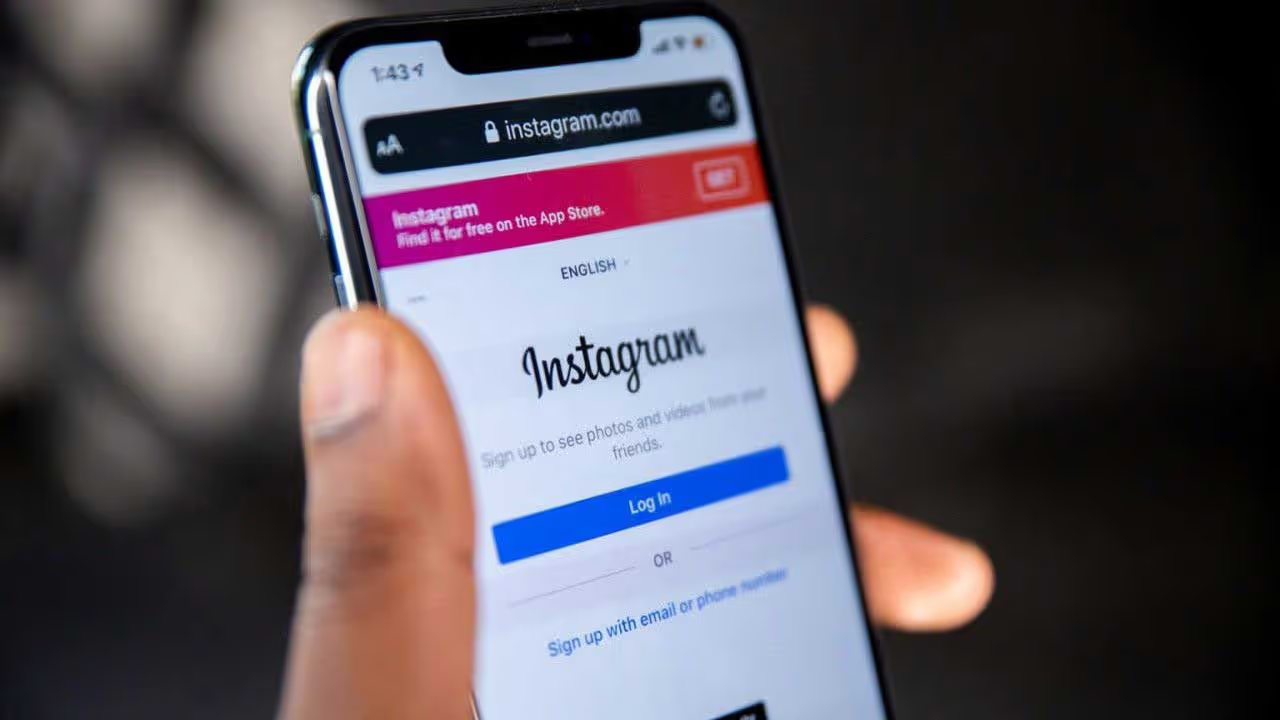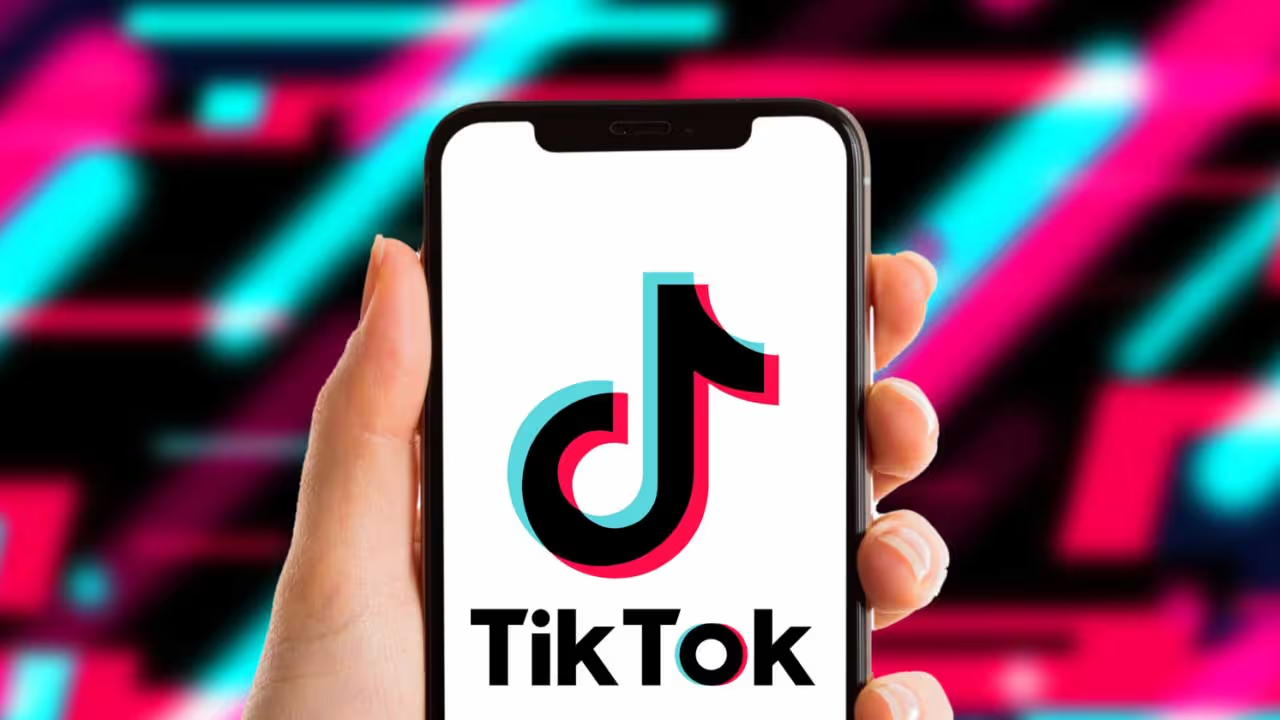Table of Contents
For today's video content, it's crucial to add closed captioning (CC) or subtitles. This shouldn't be an optional or secondary step. While it might require extra time and resources, including captions in your video content is worth it. Closed captions or subtitles offer many advantages in making your videos more accessible and easier to understand.
We've created this guide to help you through the process of adding CC on various common platforms: YouTube, Facebook, Instagram, LinkedIn, Twitter, and TikTok. We'll explain the platform's native process, offer useful tips and tricks to simplify the process, and introduce some tools for automating closed captioning. Let's get started!
TikTok
TikTok's viewers don't like it when you skip captions, so it's essential to include them in your content creation process.
You have two choices for adding captions on TikTok. One way is to add them manually as on-screen text. Many creators prefer this method because it gives them the most control over the final result, even though it takes time. To do this, click the "Text" button at the bottom of the screen and type your captions manually. It's a good idea to start your text with "CC:" to let viewers know it's a caption, not unrelated text.
Pay attention to where you place the text as well. If it's too low on the screen, it might overlap with the video's on-screen text, making it hard to read both. The same goes for placing it too high, where it might cover the "Following" and "For You" tabs. The safest option is to put it in the middle of the screen when possible.
Alternatively, you can use third-party apps like Clipomatic and Mixcaptions, which are popular among TikTok creators. You can also use services like Rev and 3PlayMedia, as mentioned earlier, to handle TikTok captions.
YouTube

YouTube has a pretty good feature for closed captions. Here's the deal: When you upload a video on YouTube, it automatically adds captions. Viewers can turn them on and off. The good part is that it happens automatically. But there's a catch. These auto-captions aren't always right, especially if the sound isn't great, there's background noise, people talk over each other, or they have accents.
To fix the captions, go to "Edit Video" and find the "Subtitles" section on the left side. There, you'll see YouTube's captions. If they're perfect, you're good. But most of the time, you'll need to make some small changes. Click "Duplicate and Edit" on the right side, and you'll get to YouTube's caption tool.
YouTube usually gets the timing right, so you can review the text and fix mistakes. If your video had a script, you can copy-paste it, but make sure it matches the video.
If you need to adjust the timings, you can do that too. Click "Assign Timings," and you can change when the text appears in seconds.
After all that, use the video player to check if everything looks good. When you're satisfied, click "Publish," and you're finished!

Instagram's automatic captions are super helpful because they save you from doing the caption work yourself or adding text to your video. Here's how to use them easily:
- Start by either picking a video from your photo library or shooting a new one on Instagram.
- After you're done editing your video, go to the menu right before you post it.
- In the menu, find and tap on "Advanced Settings."
- Look for "Accessibility" and switch on the "Show Captions "option as you like.
- Don't worry if you forget to turn on captions before posting; you can always do it later.
If you need to change captions for a video you've already posted, just tap the three dots in the top-right corner of your video and choose "Edit." Instagram makes it easy to manage captions for creators!
Now, for Instagram Stories, it's a bit different. To get captions for Stories, record your video first, then tap the icon that looks like a smiling face.
In the menu that appears, where you usually add location tags, music, stickers, and other stuff, you'll also find the option for captions. Click "captions" on the left, and you'll see automatically generated text for your video.
Now, let's discuss Facebook. Facebook's process is quite similar to YouTube's. It offers a tool that automatically generates captions, and you can check the results and make changes to both the text and the timing. On Facebook, the closed captions will only appear automatically if viewers watch the content with their device on mute. However, they can also choose to enable or disable captions when the sound is on.
It's important to note that the process for adding captions varies depending on whether you're managing a Page (typically for businesses or organizations) or using your personal account.
For your personal account, you can only adjust the captions after the video has already been posted. Unfortunately, you don't have the option to review the captions while uploading the video. In this case, you can add captions by uploading a SubRip (.srt) file.
On a Facebook Page, the options are a bit different. After uploading your video (but before posting it), you'll find an option on the right-hand column labeled "Subtitles and Captions." Within that section, you can either upload a Sub Rip file or review Facebook's automatically generated captions and make adjustments similar to what you can do on YouTube. Here's how it looks.
Once you've finished reviewing and are satisfied with the final product, click "Approve" and continue with the rest of the video publishing process as usual.
Also read: How to Advertise Your Video with YouTube Ads (A Complete Guide)
LinkedIn's captioning process falls somewhere between Instagram and Facebook/YouTube in terms of simplicity. Unlike Facebook and YouTube, it doesn't provide an automatic captioning feature, but unlike Instagram, it does support closed captions.
Here's how it works: To add captions on LinkedIn, you need to create and upload a Sub Rip file. A handy trick, especially if you're posting your content on multiple platforms, is to use either Facebook or YouTube as an intermediary. When you upload your content to Facebook or YouTube, it automatically generates the Sub Rip file, which is how the auto-captioning feature works.
So, you can first go through the process of posting your video on one of those platforms, then download the automatically generated .srt file.
Once you have the file, take it over to LinkedIn and upload it as your caption file there. We use this method at Get Camera Crew for our content, and it works well for our captions, saving time compared to creating the SubRip file from scratch.
If you prefer another option, you can also use the third-party services we mentioned earlier to generate the .srt file for you .Rev is our top choice overall, and VEED is a decent free option (although Rev and 3PlayMedia are often considered industry leaders).
Once you have your SubRip file, here's how to add it on LinkedIn: After uploading your video, click "Edit," then "Select Caption," where you can upload the .srt file. Click"Done," and you're all set!
10 Advantages of Adding Captions
Accessibility
Captions help more people watch your videos, like those who have hearing disabilities, people from other countries, and those in noisy places.
Improved comprehension
Captions assist viewers in comprehending the content more effectively, particularly when the audio is unclear, the speaker has a strong accent, or the vocabulary is difficult.
SEO Boost
Adding captions can improve your video's search engine optimization (SEO) by offering text that can be indexed. This simplifies the process of people discovering your videos via search engines.
Improved viewer engagement
Videos with captions can better engage viewers by capturing their interest, boosting their ability to remember the content, and aiding in maintaining their concentration. This can lead to an enhancement in your video's ranking on platforms that take into account viewer retention when suggesting videos.
Also read: What are Pre-Roll Ads and Why it Can Help Your Business?
Versatile communication
Captions and subtitles allow audiences to enjoy your content in different situations, like public areas with volume limits or places with bad audio quality.
Multilingual audience
Subtitles allow you to connect with a diverse audience by offering translations of your content in various languages.
Compliance with accessibility laws
Certain nations require captions to be supplied for particular video categories, such as those associated with education, government, or public services.
Clear communication
Captions can function as an educational aid, enabling viewers to both read and hear the content at the same time, strengthening the message and enhancing memory.
Viewer control
Captions provide viewers with more control over how they watch content. They can choose to enable or disable captions and customize features like font size, color, and placement according to their preferences.


.jpg)



